Tattoos and epidermal alterations in Africa go further than just skin deep, they’re signifiers for tribal affiliation and markings of progress within one’s own society & culture. They are methods of curing disease, wards against spirits and reflections of one’s own personality.
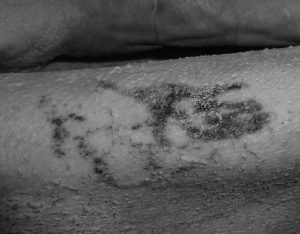
Daniel Antoine, the British Museum’s Curator of Physical Anthropology, said to ,BBC that, “Incredibly, at over 5,000 years of age, they push back the evidence for tattooing in Africa by a millennium.” Pallah Ghosh from ,BBC commented that the, “Dark smudges on his arm were thought to be unimportant until infrared scans revealed that they were tattoos of two slightly overlapping horned animals. One is interpreted to be a wild bull with a long tail and elaborate horns; the other appears to be a Barbary sheep with curving horns and a humped shoulder.”
Near the peak of ancient Egypt’s civilization, plain-ink tattoos in Africa were found only on the mummified corpses of women, around 2000 BCE. Egyptologists have suspected these markings to be representations of rejuvenation and fertility. However, tattoos on men from ancient Egypt were from around 1300 BCE and symbolized Neith, the ancient goddess of war and weaving.
Tattoo culture in the recent history of North Africa tends to be most prevalent in Morocco, Algeria, Libya, and Egypt, though in Sub-Saharan Africa the common type of tribal body modification is called scarification, which is the process of cutting deep into the skin enough to cause permanent marking. Keep in mind, however, that scarification being prevalent over inking in certain, usually dark skinned, tribes have more complex reasons than ancient inks not being shown well on dark pigmented skin.
In more recent history of sub-Saharan Africa, the processes of tattooing and scarification have merged into something called cicatrization. Cicatrization is the usage of cutting deeply like scarification, but also the using of ash and soot as a way to pigment the scars after wounding, and they double as agitators to cause inflammation for more exaggerated markings as well. The scars may later be re-opened for the addition of small solids to increase the protrusions of marks. When items are added there is usually a ritual associated with them pertaining to the tribe’s traditions of self-progression.
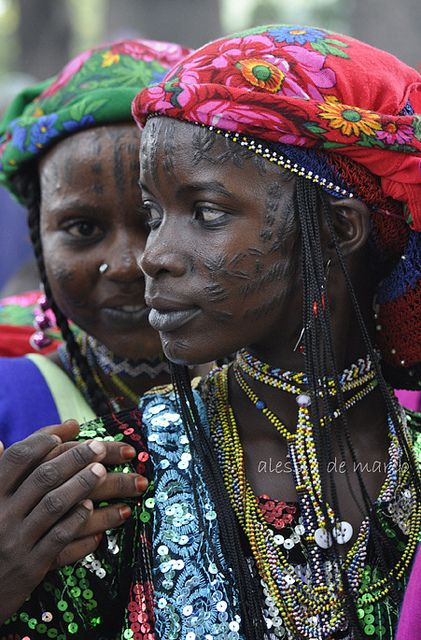
Fulani Women of Cameroon
While in more recent times of North Africa, where there is a large population of Islamic societies, tattooing is considered disrespectful and unholy. In light of this, henna tattoos prevailed in these societies as they are temporary, and even date back to the first ever being used in ancient Egypt around 9000 BCE.
https://www.youtube.com/watch?v=S0-1fPF0veE&feature=emb_title
Today, plain-ink tattoos are much more of a commonality in African countries and vary widely amongst them. Not all tattoos are religious, tribal, or ritualistic representations either. Though “normal” tattoo subculture and industry is heavily white dominated. The advent of modern inks being vibrant and more contrasting with dark pigmented skin is breaking down the white norms of the subculture and industry with artists such as Doreen Garner in Brooklyn. Doreen says that in American tattooing, “there’s always a void, there’s no Black presence, there’s no imagery even acknowledging Blackness as a contribution to American life…”, but she’s filling that void, along with artists such as:
Chavonna Rhoads in Atlanta…
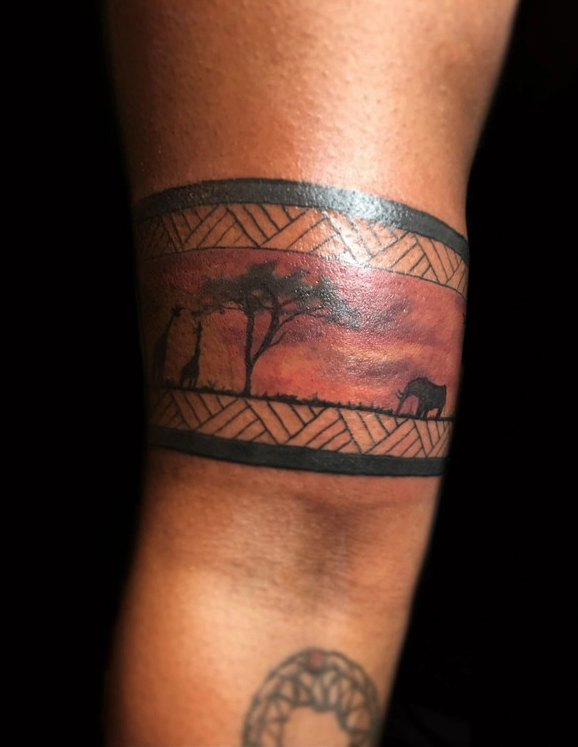
Brittany Randell in Toronto…
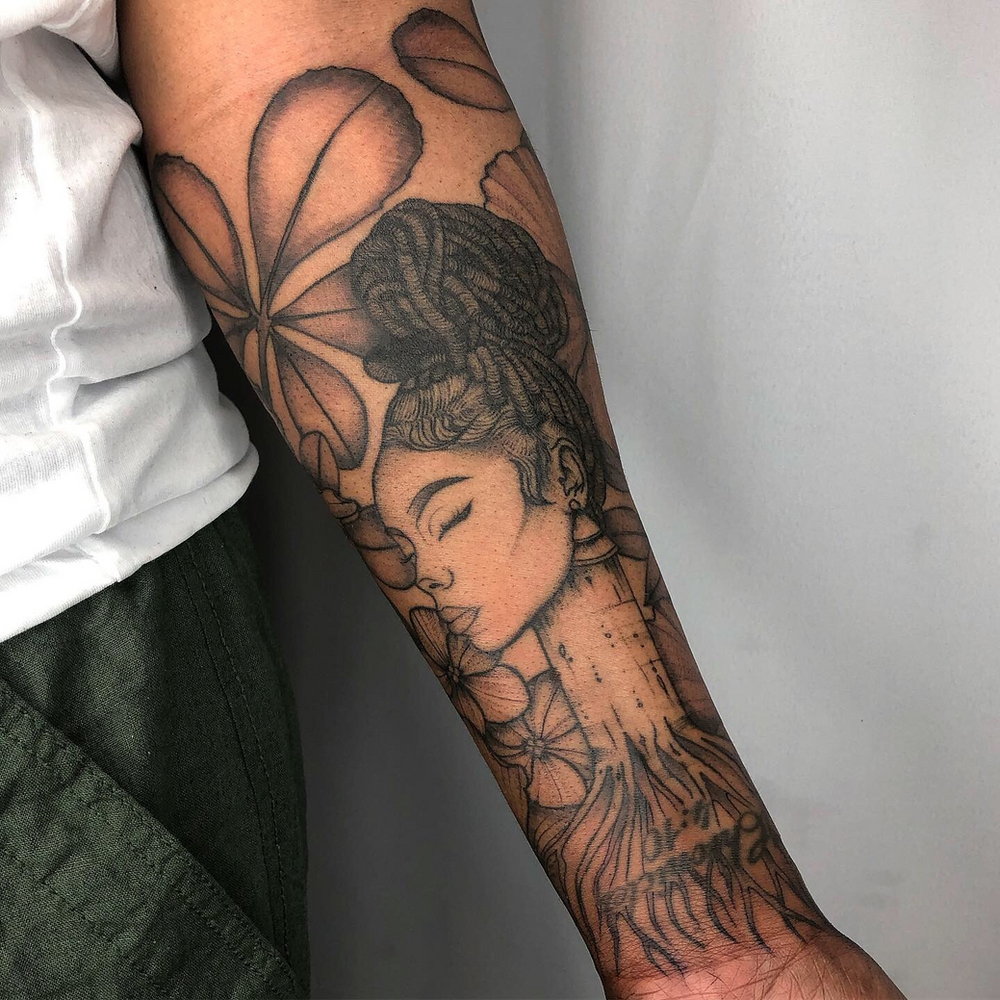
Debbi Snax also in Atlanta…
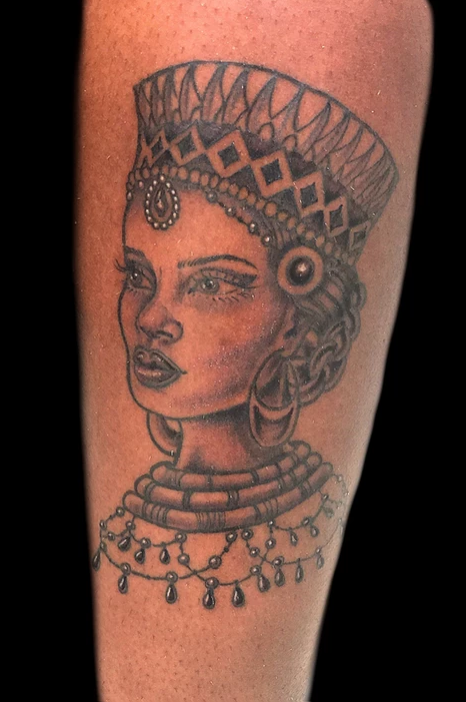
There are many more artists within the Diaspora paving the way for Black inclusion into the art form and practice.
Powered by WPeMatico


